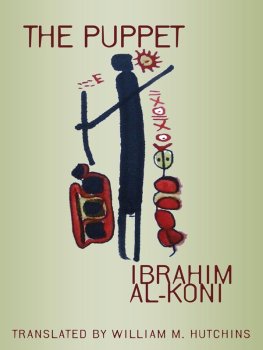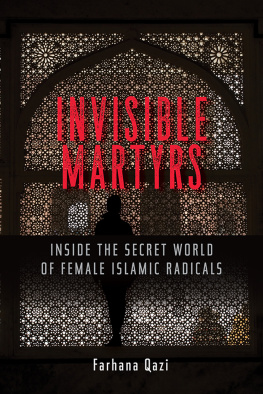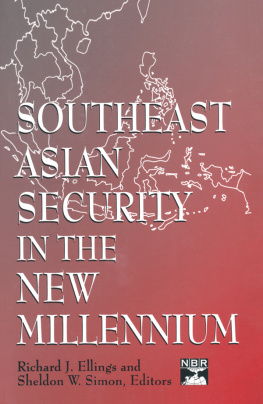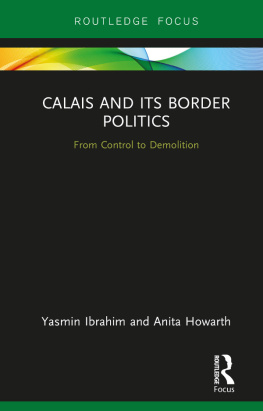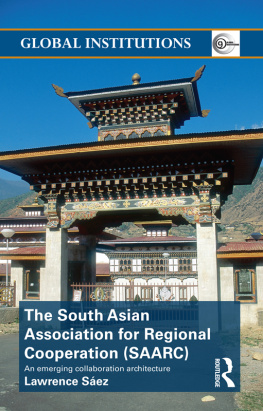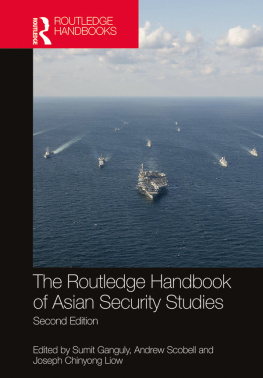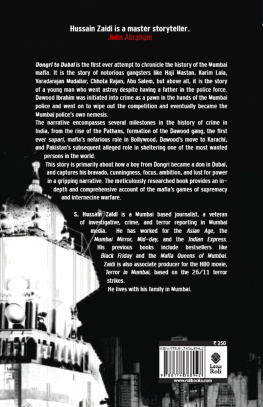Farhana Ibrahim - From Family to Police Force: Security and Belonging on a South Asian Border
Here you can read online Farhana Ibrahim - From Family to Police Force: Security and Belonging on a South Asian Border full text of the book (entire story) in english for free. Download pdf and epub, get meaning, cover and reviews about this ebook. year: 2021, publisher: CornellUP, genre: Politics. Description of the work, (preface) as well as reviews are available. Best literature library LitArk.com created for fans of good reading and offers a wide selection of genres:
Romance novel
Science fiction
Adventure
Detective
Science
History
Home and family
Prose
Art
Politics
Computer
Non-fiction
Religion
Business
Children
Humor
Choose a favorite category and find really read worthwhile books. Enjoy immersion in the world of imagination, feel the emotions of the characters or learn something new for yourself, make an fascinating discovery.

- Book:From Family to Police Force: Security and Belonging on a South Asian Border
- Author:
- Publisher:CornellUP
- Genre:
- Year:2021
- Rating:4 / 5
- Favourites:Add to favourites
- Your mark:
- 80
- 1
- 2
- 3
- 4
- 5
From Family to Police Force: Security and Belonging on a South Asian Border: summary, description and annotation
We offer to read an annotation, description, summary or preface (depends on what the author of the book "From Family to Police Force: Security and Belonging on a South Asian Border" wrote himself). If you haven't found the necessary information about the book — write in the comments, we will try to find it.
Farhana Ibrahim: author's other books
Who wrote From Family to Police Force: Security and Belonging on a South Asian Border? Find out the surname, the name of the author of the book and a list of all author's works by series.
From Family to Police Force: Security and Belonging on a South Asian Border — read online for free the complete book (whole text) full work
Below is the text of the book, divided by pages. System saving the place of the last page read, allows you to conveniently read the book "From Family to Police Force: Security and Belonging on a South Asian Border" online for free, without having to search again every time where you left off. Put a bookmark, and you can go to the page where you finished reading at any time.
Font size:
Interval:
Bookmark:
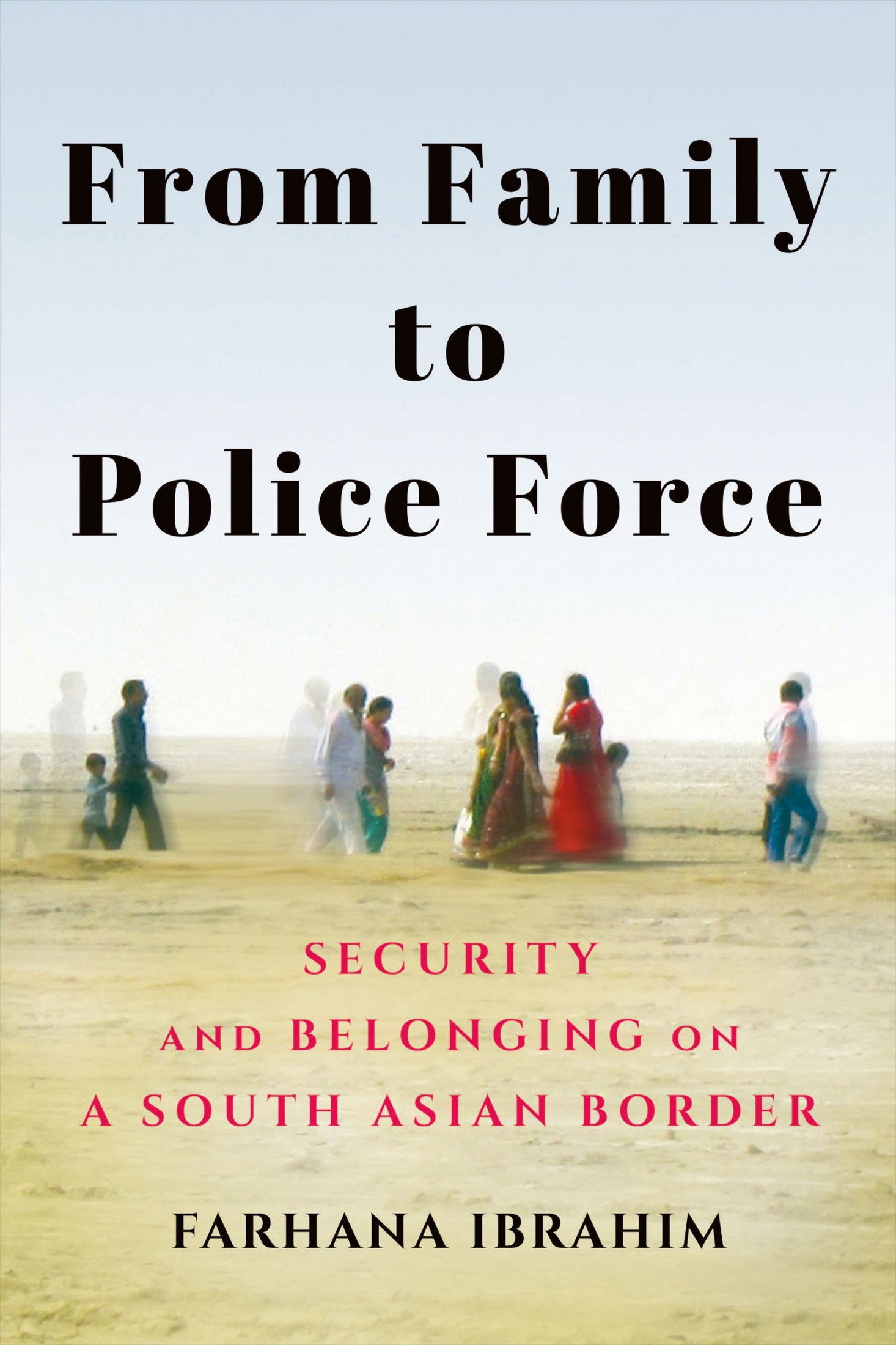
FROM FAMILY TO POLICE FORCE
Security and Belonging on a South Asian Border
FARHANA IBRAHIM
CORNELL UNIVERSITY PRESS
ITHACA AND LONDON
To Mohamed Hosain and Sherbano Khatri, with boundless gratitude
This book draws on close to two decades of ethnographic research in Kutch, Gujarat. During the course of my fieldwork, there were two things in my experience that tended to not be spoken about freely within the family: the first was the devastating earthquake of January 2001, and the second was the fact of Bengali womenthat is, migrant women from eastern parts of Indiaas wives. The causes and consequences of these public secrets were differently manifested. Although the presence of Bengali women tied into the states identification of illegal migration and infiltrators believed to be from Bangladesh, the earthquake was often what wouldperhaps couldnot be narrated, the wounds inflicted by it perhaps not recountable in an interview or even in conversation. It was during the marriage of a much-beloved daughter that some of these tensions played out for me.
In summer 2003, as schools closed for their annual summer vacations, the wedding season kicked off in Kutch. Abduls younger daughter Rahila was to be married. This was a time of some anxiety for the family; marriages of daughters tend to be emotionally fraught occasions in a patriarchal and patrilocal system. The structure of the marriage itself also dramatizes latent structural tensions between wife givers and wife takers. Further, young brides are sent off to their affinal homes with a certain degree of finality and marriage rituals make much of this rupturing of the natal tie. At the same time, Rahilas marriage was also the first publicly happy occasion that Abduls family was celebrating since the 2001 earthquake, which had brought in its wake much dislocation, physical and emotional. Although money was scarce, for it was not fully clear how much compensatory cash would come through from the states disaster relief fund to repair their old house, it was also the marriage of a much-loved youngest child.
In January, some months before the wedding, Rahilas mother had begun her preparations in earnest. She traveled to Mumbai (formerly Bombay) by the overnight train, accompanied by female relatives to shop for the event. They stayed a week and returned laden with a full trousseau for the bride and gifts for other family members. Rahila had been engaged over two years, the marriage continually postponed due to the familys multiple displacements, financial anxieties, and the lack of a properly settled home following the earthquake. Even though the wedding ceremonies were well attended, in keeping with the families well-regarded stature in society, it lacked the scale and splendor of her siblings weddings, which had taken place long before the start of the tumultuous decade following the earthquake. Although nobody in the extended family mentioned this, it became clear to me as I helped prepare for the wedding ceremonies and tried to hang about on the edge of things attempting to make myself useful, that emotionally this event bore the marks of accumulated losses of the past few years.
Rahilas wedding was the first time I saw Abduls familyimpeccably composed through the loss of their home, their savings, and a newborn grandson during the time that I had known themdissolve into paroxysms of grief that seemed to far exceed the usual laments that accompany a daughters giving away or vidai. The marriage became an occasion that dramatized the losses of the earthquake and rendered visible what the family had worked hard to preserve under an exterior mask of perfect composure, even to each other.
During Rahilas wedding ceremonies, this outward calm was ruptured in a fairly dramatic way. One of the events preceding the nikah was held at the jamaatkhana (community hall). Known as the mamera, this involved the brides uncle (mothers brother, or mama) ritually presenting clothes to his sister and niece. He also presents, on this occasion, the veil that the bride will wear continuously over the next two days until her husband unveils her after the nikah. The mamera is the ritual affirmation of the mothers natal line in an otherwise patriarchal structure that stresses the paternal kinship connection. This relationship stresses the importance of affines within the kin group. At the jamaatkhana that morning, the chief subject of the ritual proceedings was the brides mother, Mehrunissa. At one point during the ritual gift giving, she collapsed and fainted. While I ran to find some water with another member of the family, I recall being surprised later at the relatively restrained manner in which I thought others responded. Someone explained to me in hushed whispers that Mehrunissa had no blood brother (sago bha); she was one of six sisters (of whom three were half siblings). She did have a male cousin, who would have normally stood in as her brother on this occasion. However, he along with his entire family (a total of sixteen members counting children and grandchildren) had died during the earthquake, killed under the rubble of their fallen house. Mehrunissas natal family was thus effectively extinguished with these deaths, as technically sisters do not count in rituals as representatives of their fathers line. Her sister was present and had offered to take care of the ritual gift giving, but Mehrunissa had refused.
The wedding festivities were henceforth tinged with more than a shadow of sorrow. Dramatic moments like these constitute more than testimony or ciphers of collective memory; they are also windows into the structures of secrecy, silence, and complicity that families are enfolded in. These moments do not tell us only about how the family becomes a site of intervention for the state (through the management of postdisaster resettlement and compensation, for instance) or of how major political events impact everyday affects within familial relationships, or even of how the family collaborates with the state to police the acceptable boundaries of gender or caste sociality. In this book, I argue that such incidents reveal to us how families are constantly replicating within themselves the struggle between what can and cannot be divulgedto others but also to themselves. Although the presence of a Bengali wife within the family may mark the site of a public secrecy that must be maintained vis--vis the state, the domestic is also constituted through secrecy, betrayal, and the deployment of poisonous knowledge with respect to one another.
This book is the outcome of many years of research and thinking about Kutch. It would not have been possible for me to write about this region and its people were it not for their support and love. The faith that strangers and friends alike reposed in me has been a humbling experience. I am grateful to all my friends and acquaintances in Kutchfar too numerous to name individuallywithout whom this book could never have been written. Mohamed Hosain Khatri and Sherbano Khatri have become my surrogate family in the field. I cannot thank them enough for their unstinting love and affection at all times. Mohamed Hosain has been a long-standing friend and mentor in Kutch. His wife, Sherbano, made sure I was well nourished with delicious meals prepared by her, spoiling and pampering me like a daughter visiting her natal home. Farida became a good friend and confidante, and I will always be grateful to the entire family for opening up their hearts and their home to me.
I must thank Sahana Ghosh and Dolly Kikon who first convinced me that I had enough material to sit down at my computer and just start writingthis was at the Law and Social Science Network (LASSnet) conference in New Delhi in December 2016. Sahana Ghosh was as good as her word when she painstakingly read every single initial chapter draft over the next several months. That writing exchange was both productive and highly enjoyable. The other person who has read every chapter and commented exhaustively when the draft was at a formative stage is my sister, Amrita Ibrahim, to whom I owe more than I can express. Our conversations and discussions on how to teach and research an anthropology of policing over the course of a summer are reflected in every chapter of this book.
Font size:
Interval:
Bookmark:
Similar books «From Family to Police Force: Security and Belonging on a South Asian Border»
Look at similar books to From Family to Police Force: Security and Belonging on a South Asian Border. We have selected literature similar in name and meaning in the hope of providing readers with more options to find new, interesting, not yet read works.
Discussion, reviews of the book From Family to Police Force: Security and Belonging on a South Asian Border and just readers' own opinions. Leave your comments, write what you think about the work, its meaning or the main characters. Specify what exactly you liked and what you didn't like, and why you think so.

